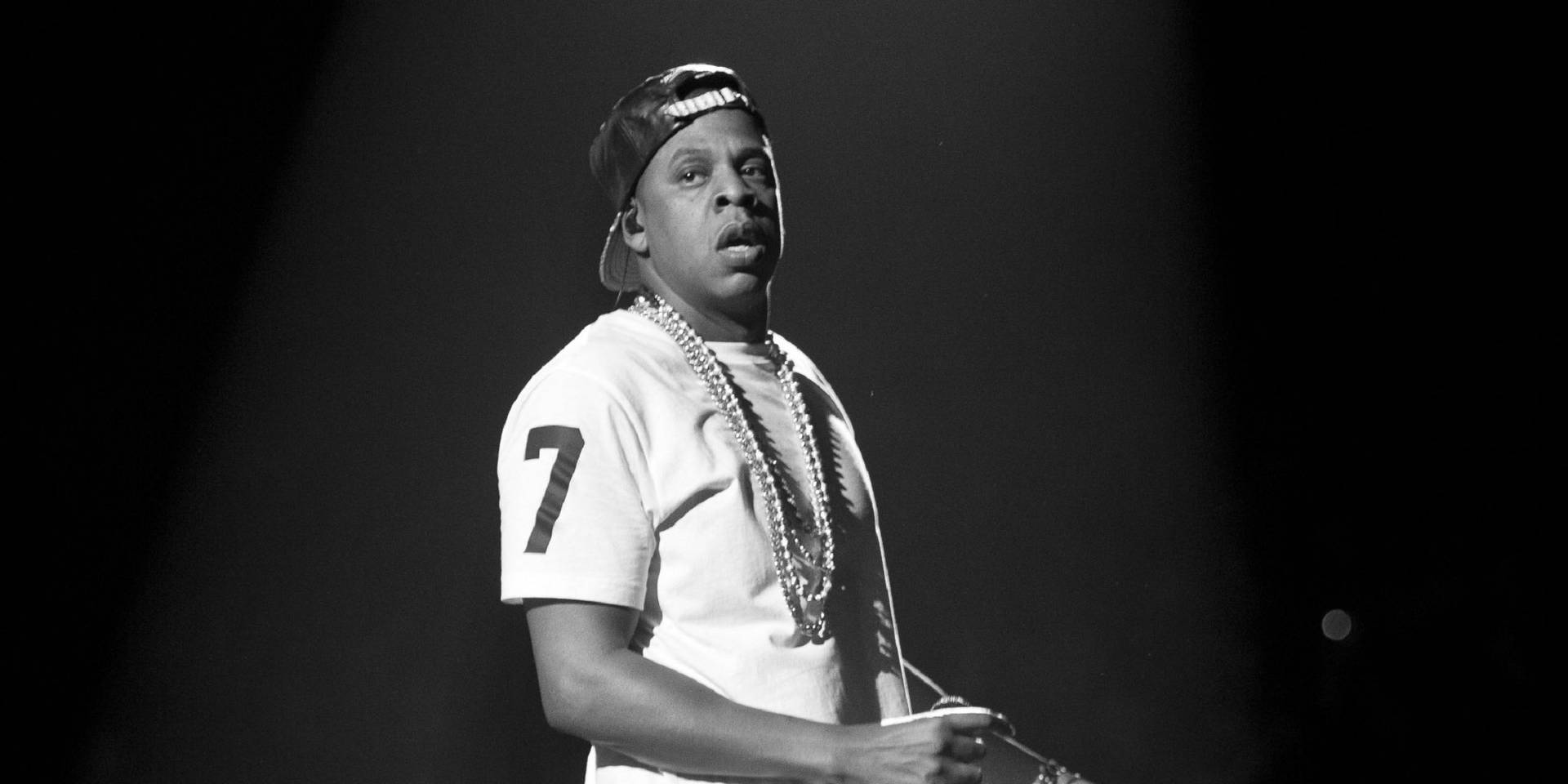
Introduction
The colour blue has long been a significant shade in various cultures and holds a prominent position in psychology. Esteemed for its calming effects and associations with stability and trust, blue is prevalent in branding, art, and nature. Its relevance has sparked a myriad of discussions, particularly in contemporary society where the psychological and cultural implications of colours are recognised.
The Psychological Effects of Blue
Psychologically, blue is often linked to feelings of calmness and serenity. According to psychological studies, it can lower heart rates and reduce anxiety, making it a popular choice in environments such as healthcare settings where fostering calm is essential. Notably, blue light has also been studied for its impact on sleep patterns and mood regulation, indicating its dual role in emotional wellness.
Blue in Branding and Marketing
In marketing, blue is commonly used by brands to convey reliability and professionalism. A recent survey conducted by the colour consultancy group, Colorcom, found that around 33% of top brands in the Fortune 500 use blue in their logos. Notable examples include companies like Facebook, Twitter, and IBM, all of which leverage blue to create a trustworthy brand image that resonates with consumers.
Cultural Associations
The cultural significance of blue varies around the world. In many Western cultures, blue is associated with masculinity and authority, often represented in formal wear and corporate attire. Conversely, in some Eastern cultures, blue is linked to mourning and sadness. Such discrepancies highlight how colour interpretation can significantly differ across cultural contexts, thereby influencing societal perceptions.
Current Trends and Future Outlook
As we move into a more visual-oriented society, the colour blue continues to dominate not just in marketing and psychology but also in fashion and interior design. According to the colour trend forecasters at WGSN, shades of blue are expected to remain a fundamental element in designs through 2024, appealing to consumer desires for calmness amidst uncertainty.
Conclusion
In conclusion, the colour blue plays a pivotal role in influencing human behaviour, branding strategies, and cultural identity. Understanding its implications can help individuals and businesses make more informed choices, not only during a critical period marked by social changes but also in shaping the aesthetics of our surroundings. As society evolves, so will the interpretations of blue, making it a vibrant topic of exploration for years to come.
You may also like

Jay Z: The Evolution of a Music Legend

Harvey Weinstein: A Timeline of Legal Troubles and Impact
